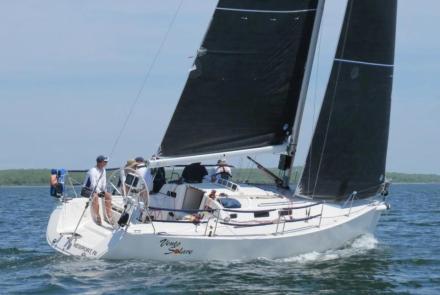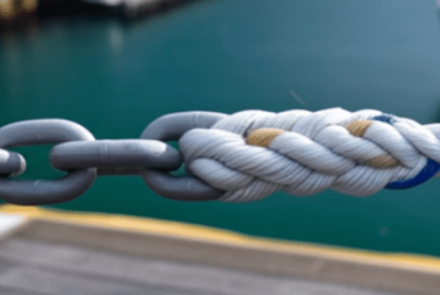VHF and SSB DSC Calling
(video demonstration at the end)
Digital selective calling is fast and easy, but it does take a little orientation and practice. Regular use can speed up and streamline communications. This article and video hopefully can orient you for successful use.
There are no more automated radio checks on channels 24 through 28. And voice radio checks on channel 16 are prohibited. The Coast Guard recommends using DSC calling to verify radio function and says that if digital calling works, voice communication can be assumed to be functional.
For a full explanation of DSC test calls, please see
https://cruisingclub.org/article/dsc-radio-check-fast-easy-and-automatic
SSB DSC test calls on 4207.5 kHz will be automatically acknowledged from any of the US Coast Guard Communication Stations listed above EXCEPT USCG SECTOR Guam. For a full listing of Coast Guard information and MMSI’s please see:
https://www.navcen.uscg.gov/?pageName=cgcommsCall
For a full explanation of DSC groups and group calls please see
https://cruisingclub.org/communications/dsc-groups
For ease of entry into individual directory:
Coast Guard group MMSI 003669999
Coast Guard ships group MMSI 036699999
The Navarea group MMSI for USA (East) is 036904000, and for USA (West) is 036912000.
For a video demonstration to help learn DSC use and calling:
https://www.youtube.com/watch?v=l62ROt7HK50
It is important to read your manual and learn how to acknowledge a DSC call and to stop the loud ring that acknowledges a connection. Accepting a VHF DSC call is frequently an “enter” button. On the Standard Horizon radio, acknowledgement of a connection on a
call you made and stopping the ringing requires a choice of “quit.”
It is important to know how to find the list of nearby AIS targets in your radio and choose from this list to initiate a call. This is usually a list ordered by distance. This makes the top choice the leading contender of target for a DSC call, especially in uncongested areas.
On the Standard Horizon, one can use the tuning knob to choose, and the corresponding vessel on the radio screen on the left, changes from a circle to a black dot. Speed, distance, bearing, and name can also be seen and can narrow down the choice of vessels in this list.
Some plotters that show AIS targets allow VHF calls to be chosen and initiated directly from the plotter.
One useful trick to find your anchored vessel in the fog from your dinghy after a shore excursion is to request a position from your vessel by a DSC position request from a DSC handheld radio. This requires your vessel VHF to automatically reply to position requests by a choice in the DSC setup menu. A second individual DSC call from the dinghy to the ship’s VHF, will start a loud ringing to help you find the vessel when you get near it.
A DSC handheld is extremely useful and should be programmed with the ship’s MMSI.
All radios are different. Please look at your manual and practice a few calls to become proficient in DSC calling.




